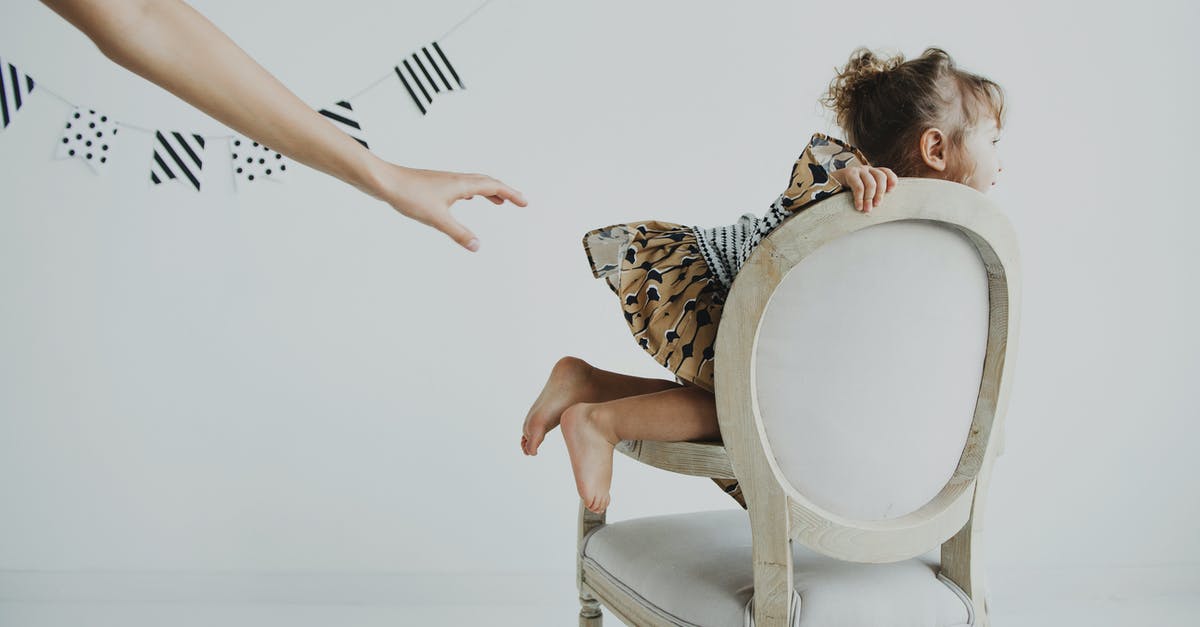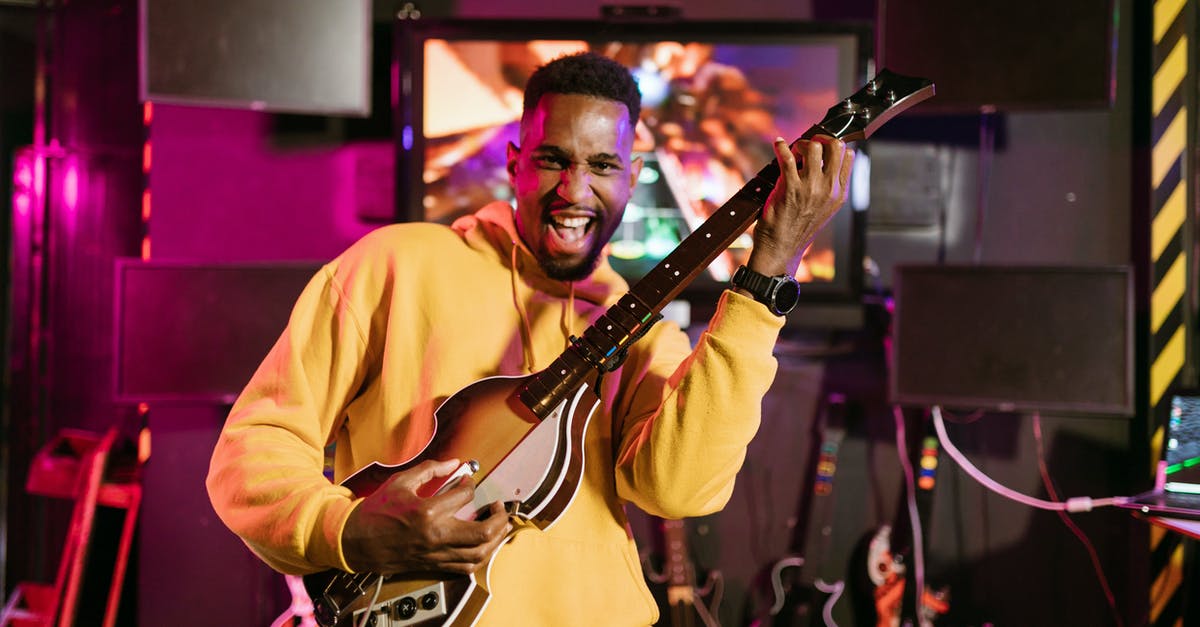Does Reilly have any autonomy or do Joy, Sadness, etc. control everything?

In Pixar's Inside Out, Reilly has personified emotions: Joy, Sadness, Anger, Disgust, and Fear. They all seem to have some control over her actions, and we see throughout the movie that they give her ideas or trigger certain emotional states (but don't seem to decide the specific words she says).
Does Reilly have any autonomy? Can she decide how she wants to feel, regardless of which emotion is in control?
To give an example of what I'm talking about, the TV show Ozzy & Drix, a spinoff of the movie Osmosis Jones, had a similar premise where the body was influenced by smaller, anthropomorphic beings (in this case, a white blood cell and pill). One episode had Hector, the boy they were in, being pressured to keep smoking after trying it once. Ozzy and Drix went to the brain to get him to say no, but were stopped by the smoke from his first cigarette. Despite the smoke having full access to the brain's control panel, Hector decided himself to say no, much to everyone's surprise. In other words, the things in his body wanted one action, but Hector chose differently.
Would the Inside Out world work the same? Could Reilly decide to do something without having one of the emotions decide, or even contradict whatever they decide?
Best Answer
Does Riley have any Autonomy?
Why wouldn't she? She isn't being controlled by a third party, she's being controlled by her emotions. She's a child - children are usually just following their feelings.
Can she decide how she wants to feel, regardless of which emotion is in control?
I'd have to say yes. As an example, as Joy and Sadness are wandering around, (around 35 minutes in), as Riley is talking to her friend on the laptop, she seems happy, interested in talking her old hockey friend. That is, until Anger takes over and she kills the call. Considering Joy wasn't in the control room at the time, Riley (and not an emotion) was in control.
Would the Inside Out world work the same? Could Riley decide to do something without having one of the emotions decide, or even contradict whatever they decide?
See above.
To elaborate, or reinforce my first point: do you ever feel angry, or sad? When you were younger, did you have as much control over your emotions as you do now? As we age, we gain better control over how we feel, or rather, we gain better control over our outward appearance of how we feel. Riley hasn't hit that age yet, so it seems as though her emotions control her.
Pictures about "Does Reilly have any autonomy or do Joy, Sadness, etc. control everything?"



Do emotions control Riley?
In Pixar's Inside Out, Reilly has personified emotions: Joy, Sadness, Anger, Disgust, and Fear. They all seem to have some control over her actions, and we see throughout the movie that they give her ideas or trigger certain emotional states (but don't seem to decide the specific words she says).Why does Riley have both girl and boy emotions?
Riley's dad has male emotions, and her mom has female, etc. This further proves the point that Riley can be seen as a gender-neutral character whose experiences can be adapted for boys or girls. Though Riley's mind is female-dominated, it does still have the male influences from Anger and Fear.What are Riley 5 emotions?
As you likely know by now, much of the film takes place in the head of an 11-year-old girl named Riley, with five emotions\u2014Joy, Sadness, Anger, Fear, and Disgust\u2014embodied by characters who help Riley navigate her world.What is Riley sad in Inside Out?
When it is time for Riley and her parents to move to San Francisco, Riley becomes sad and misses her life in Minnesota. Riley starts to go from joyous and happy to sentimental and a bit depressed, on account of she misses the good old days in Minnesota.Autonomous Medical Choices and Adolescents | Samantha O'Reilly | TEDxHarrisonHighSchool
Sources: Stack Exchange - This article follows the attribution requirements of Stack Exchange and is licensed under CC BY-SA 3.0.
Images: Ksenia Chernaya, Gustavo Fring, Maarten van den Heuvel, RODNAE Productions
